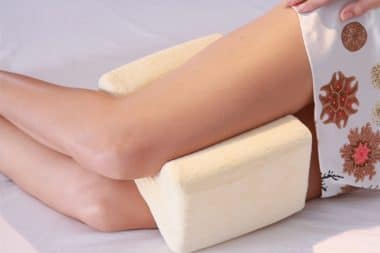Your hamstring muscles are in the back of the thigh and can be damaged by inadequate warm-up before exercising, lack of lower back flexibility or abnormal biomechanics. Mot chronic hamstring injuries cone from improperly rehabilitated injuries or traumas over a long period of time. Hamstring flexibility or lack of increases the possibility of small tears that cause the muscles to shorten and tighten. Take care of hamstring injuries immediately by employing R.I.C.E ore rest, ice, compression and elevation.
Rehabilitation and Management
Recovery from a hamstring injury begins with the recognition of the injury and severity. Physical therapy or PT may be needed depending and how long ago the injury occurred, lifestyle and activity levels, and how severe the injury might be.
Rehabilitation for hamstring injuries are categorized into several different phases: acute stage, subacute phase, remodeling phase, eccentric strengthening, functional stage, return to activity.
Injuries to your hamstring require treatments geared toward decreasing inflammation and maintaining an acceptable range of motion. Using protection, rest, ice, compression, elevation (PRICE) are the best treatments. Once the pain has lessened the physical therapist begins gentle range of motion exercises. Therapists may prescribe the use of a cane or crutches to help with stability when walking. A few days after the injury, most patients begin to feel better and want to return to normal activities. It is best to complete a rehabilitation program to avoid re-injuring the muscles. Strengthening, balance and stretching is emphasized to prevent recurrence.
The subacute phase is five days to three weeks after the inflammation and injury. Active range of motion and muscle strengthening exercises are prescribed. Aquatic therapy is excellent and prevents the pain and injury coming from heavy weight bearing exercises. It may be necessary to undergo a transcutaneous electrical nerve stimulation to provide pain relief. Continue using ice to decrease pain and inflammation. Actively start cardiovascular training by swimming and participating in upper body exercises.
The remodeling phase of recovery from hamstring injuries begins with isometric exercises. Start with ankle weights but keep the weight levels low. Repeat as many times as you can without causing pain. Do not increase weight quickly; this could lead to chronic hamstring injuries.
Eccentric strengthening is the next step. This exercise puts stain on the hamstring muscle. Slow progression of weight is suggested. Lying in a prone position, bend your knee and slowly lower the weight. If you experience pain or stiffness, decrease weight to a more tolerable amount. Continue stretching the hamstring before exercising. Using moist heat prior to any exercise program will help keep your hamstring muscles loose and pain free.
In some patients, two week rehabilitation can be the functional stage. For those with severe or chronic hamstring injuries it may take up to six months to be normally functional. The functioning stage presents with a normal gait pattern. If you can move for thirty minutes at a fast pace without pain or stiffness, you can add short periods of jogging. Once you have mastered the jog again then short periods of sprinting can be added. Just continue working up to running.
As you move into normal usage of the hamstring muscle plyometric exercised are introduced. These increase speed and power. Stretch your muscles followed by concentric contraction. Low level exercises are used and higher-level exercises are introduced as tolerated. Follow the instructions of your physical therapist, and stop exercising if you feel abnormal stains and pulling in your hamstring muscle.
After all the stages have been successfully gone through and you are feeling 100% pain free, you can return to your normal activities. For athletics this means returning to play. Do continue your stretching exercises to prevent further injuries.





